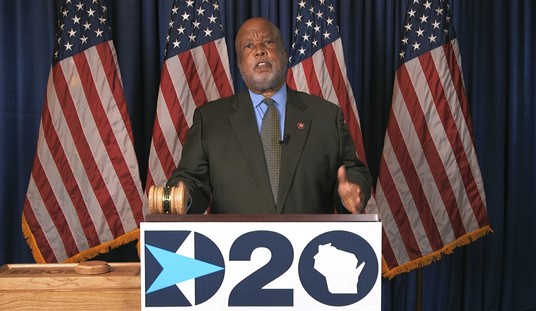Note: Film and book spoilers below.
Unbroken, a film by Angelina Jolie from the Laura Hillenbrand biography of the same name, tells the story of Louis Zamperini, a man who lived an epic life of service, survival, glory, agony, and redemption. Agony and survival become two of the main themes in the film, to the point where the otherwise excellent presentation tends to eclipse most of the other epic aspects of Zamperini’s life.
Not that this detracts from the film’s experience in itself. Jolie excels in the scope which she chooses for the film, which has the obvious constraints of time for theatrical releases, although the 137-minute run time passes by quickly. The cinematography and effects are equally good, and the performances are even better, especially Jack O’Connell as Zamperini. Takamasa Ishihara brings the book’s most disturbing villain, Mutsuhiro “The Bird” Watanabe, to life, imbued with a little more humanity than perhaps the book suggests. Domhnall Gleeson doesn’t get enough screen time as Zamperini’s pilot, the equally heroic Richard Phillips, who survived the Japanese POW camps and lived almost as long as Zamperini.
For those who have not read the book, the film Unbroken delivers on the horrors of Zamperini’s capture, interrogation, torture, and ultimate survival of the POW camps. That is in itself a gripping tale, and told well by Jolie. There are a few allusions to Zamperini’s misbegotten youth, his transformation via his older brother Pete (John D’Leo and Alex Russell, both in good supporting performances) and his rise as a teenage track phenom who made it all the way to the 1936 Olympics in Berlin, but mostly as a set-up to his survival in two notorious camps and his personal battle against The Bird. In that context, Unbroken provides an amazing tale of defiance and determination.
Therein lies the problem. The book actually tells a different and much richer story, one of redemption in two different contexts, and of the transformative power of Zamperini’s faith and especially the faith others had in him. Jolie and the screenwriters, which include Joel and Ethan Coen, tell the middle story in between both. Zamperini’s childhood nearly became a story of crime and failure, and would have been had his brother Pete not intervened to protect him and to push him into sports. His emergence as the nation’s fastest high-school miler and a surprising contender at 5,000 meters in Berlin turned him from a notorious delinquent into a responsible community hero. We do get hints of that in Jolie’s film, presented mainly in disjointed flashbacks.
What we do not get at all in Unbroken is the third tale, the most compelling of all in the book. Unlike the impression left at the end of the film, Zamperini in real life was hobbled by the emotional scars of his torture, especially at the hands of The Bird, who in real life was significantly more bizarre and sadistic than shown in the film. He became obsessed with avenging the depredations of his years as a POW, became an alcoholic, a failure in business, and nearly drove his marriage onto the rocks. His wife Cynthia pushed him to see a traveling preacher holding a revival in Los Angeles a couple of years after the war, a young man named Billy Graham. Zamperini refused to go, while Graham felt compelled for some reason to keep extending his stay. It took two trips for Zamperini to renew his faith and let go of the hate and revenge that he’d sworn to achieve, and that transformed his life yet again. He gave up drinking, dedicated his life to his family and faith, and lived a remarkable life of service — all the way to 2014, when he passed away at age 97.
In the end, though, that’s more of a limitation on the art form itself than a defect of this film or of Jolie’s approach to the material. Zamperini’s life was simply too epic for a single film of just two and a quarter hours. It would take a miniseries of considerable length to present Zamperini’s story as told by Hillenbrand, and this film at least reminds us of the sacrifices given by those who served in that massive conflict. As such, and because of its still-epic cinematic scope, the film Unbroken is a must see in the theaters. The book has to be read as well, but watch the film first if you haven’t yet read Hillenbrand’s epic biography. On the Hot Air rating scale, Unbroken gets a 5:
- 5 – Full price ticket
- 4 – Matinee only
- 3 – Wait for Blu-Ray/DVD/PPV rental or purchase
- 2 – Watch it when it hits Netflix/cable
- 1 – Avoid at all costs
Unbroken gets an PG-13 for its graphic depiction of violence and cruelty, and is not suitable for children or younger teens.
Note: I am on vacation this week, and will return on Tuesday, January 20th.
Update: The film is rated PG-13, not R as I had earlier written.








Join the conversation as a VIP Member